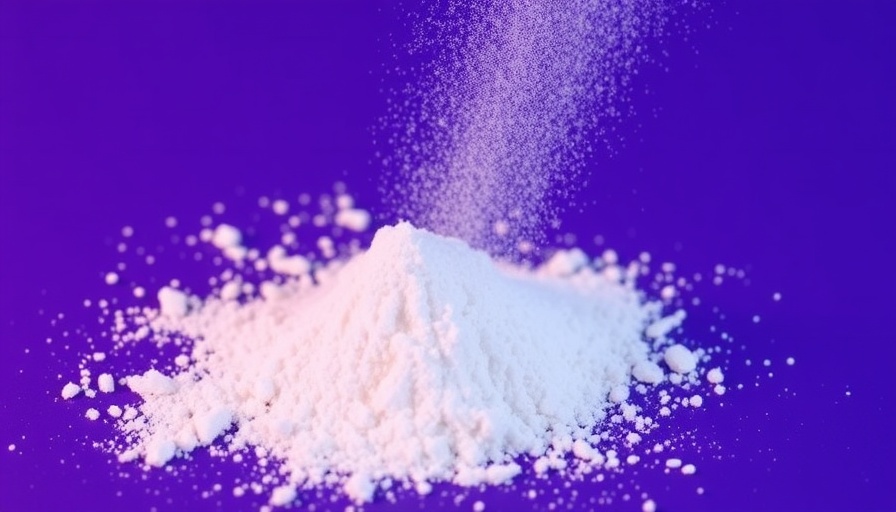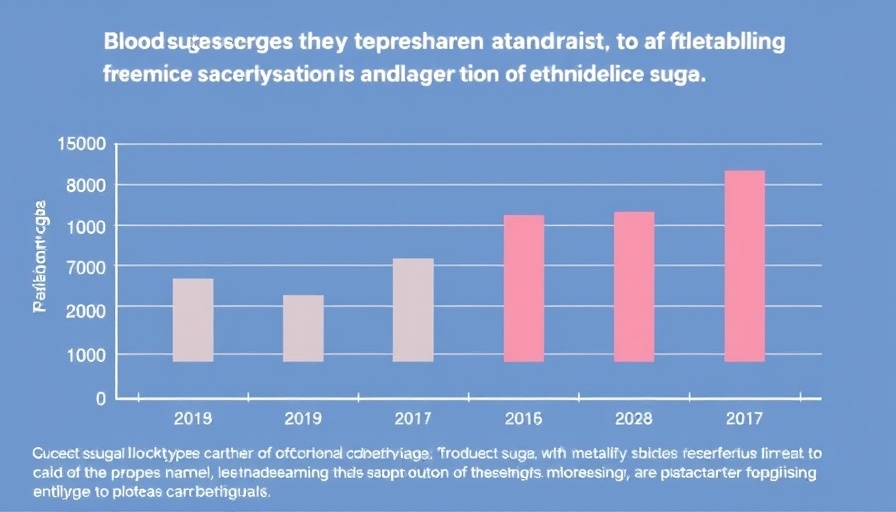
The Controversy Behind Talc: Why Experts Are Sounding the Alarm
Talc, a mineral commonly used in a variety of consumer products—from baby powder to certain pharmaceutical formulations—has found itself at the center of heated discussions in recent years. Once considered a safe ingredient, the FDA has now been urged by experts to take a closer look, with calls to ban talc in food and drugs echoing through health advocacy circles. Why this sudden push for regulation? The answer lies in emerging research that raises concerns over talc's potential health risks, particularly when impurities are involved.
Understanding the Health Risks of Talc
Studies have increasingly pointed out that talc can be contaminated with asbestos, a known carcinogen. The presence of this impurity has raised alarms—especially in products applied on the body, where skin absorption can lead to serious health implications. Furthermore, as the conversation around talc continues, advocates emphasize that consumer products should undergo strict scrutiny to ensure safety. Given the potential link between talc and various forms of cancer, the need for regulatory action appears not only prudent but necessary.
Consumer Awareness: Making Informed Choices
In an era where the demand for transparency in ingredient sourcing is at an all-time high, consumers are becoming increasingly aware of what they apply to their bodies and ingest. This movement towards informed ingredient choices can empower individuals to take charge of their health, steering clear of potentially harmful substances. Talc's hidden dangers should prompt consumers to re-evaluate their everyday products, seeking alternatives that prioritize health and well-being.
The Future of Product Safety Regulations
The FDA's response to these calls will likely influence future regulations surrounding product safety in the United States. If a ban on talc is implemented, it could pave the way for stricter guidelines on how ingredients are tested and approved, compelling manufacturers to seek safer alternatives. Such a shift would not only benefit consumer health but could also spark innovation in product formulation, ultimately leading to a safer marketplace.
Empowering Change Through Advocacy
The issue of talc safety highlights a greater need for advocacy and action in the consumer health space. By supporting regulations that prioritize ingredient safety, individuals can join a collective movement towards healthier living. Engaging in discussions about product ingredients, voicing concerns, and pushing for change can significantly impact not only personal health but community health as well.
As we contemplate the implications of the FDA’s potential actions, let us consider how we can advocate for safer practices and choices within our communities. It’s our health at stake, and together, we can drive the conversation towards a more transparent and safer future.
 Add Row
Add Row  Add
Add 



Write A Comment